 If you’ve ever fancied getting started in the world of shooting, it’s probably easier than you first thought. Let us help you with this handy guide to starting out…
If you’ve ever fancied getting started in the world of shooting, it’s probably easier than you first thought. Let us help you with this handy guide to starting out…
First off, you have to be over the age of 18 to purchase an air rifle or air pistol, and have valid photo ID (passport / driving licence) to prove this when you purchase from a shop. If you want to buy online, We’re one of the very few internet retailers that deliver to item to your door. Secondly, the rifle or pistol has to be below 12 ft/lbs, which is the legal limit for air weapons which don’t require a license. If you take a look in our Airguns category, then everything within there is below this limit, so they only governing factor now is your budget!
The Sport of Shooting
The sport of shooting has more benefits for it that you may think, and is by no means reserved for the upper class, as many believe it is today. Air rifles and air pistols are a low cost form of shooting, and there are many local clubs which have large memberships in the disciplines of Field Target and Hunter Field Target shooting. If you fancy joining one of these clubs, a couple of great websites to check out are www.shootingclubdirectory.com and basc.org.uk/airgunning, which have details of numerous air gun clubs across the UK that would be more than happy to accommodate new members.
Of course you don’t have to be a member of a club to shoot; you can quite as easily purchase several targets and shoot on your own land. A wide range of targets are available such as knockdowns, knock and resets, and standard paper targets. You can take a look at our full selection of shooting targets here and start building your own home range today!
A lot of air rifle users also use these weapons for pest and vermin control, such as rabbits and squirrels. They present the hardest of targets as they are prone to rapid movement, and shot placement must be spot on to ensure a humane kill.
All these targets and practicing target acquisition massively improves your hand eye coordination, steadiness and sense of distance which can benefit you greatly in day to day tasks.
The Law
The law is very clear on Airguns; they are classed as a firearm and hence carry heavy penalties for misuse. For this reason you must ensure that you comply at all times, which means you must first know the law.
The Law is split down into different age groups as follows…
If you’re over the age of 18 then there are no restrictions on you purchasing an air rifle and ammunition, but you must only use it on land which you own, or have permission to shoot on. If you do get some land to shoot on with permission, I would suggest getting it in writing, as well as a map of where you are allowed to shoot. You must also remember that whilst shooting, no projectiles must leave the boundary of the land, so know your boundaries!
If you’re between the ages of 14 and 17 years old, then you can borrow an air rifle and ammunition, and use it without supervision on private premises where you have permission to do so. At this age you can’t hire or buy an air rifle, buy ammunition, or receive one as a gift. Everything must be looked after by someone over the age of 18 such as a parent, guardian or other responsible adult. You also cannot have an air rifle in a public place unless you’re with someone over the age of 21 and have a reasonable grounds to do so, such as traveling to a shooting club.
The final age group is 14 years and younger. In this age group you can use an air rifle on private land with permission, but you must always be supervised by a person over the age of 21. You can’t buy or hire an air gun or ammunition, nor receive one as a gift, and those who do buy an airgun for use for someone below the age of 14 must be sure to exercise control over it at all times.
Air Gun Power Plants
When it comes to choosing either an air rifle or air pistol, there are a few different power sources to choose from, and each has advantages and disadvantages. This is just a quick rundown on them, but for a deeper insight, check out our blog post from our Gun Smith Jason here.
Spring power is the cheapest and easiest to use as it consists of a large spring moving a piston within a chamber to compress air in front of it to move the pellet along the barrel. These guns require very little maintenance and only need the movement of you cocking the barrel to make them ready for firing. They also don’t require any other accessories. Spring guns do have recoil though, but this can be seen as an advantage, as it teaches you how to correctly hold the gun to deal with this, henceforth improving your skills right away.
Co2 power utilises Co2 canisters which come in a couple of sizes. These are loaded into the gun, which is then released through a valve, into the barrel upon each shot. This method reduces the recoil to practically nothing, as well as cutting down on the noise from the action. This means in most cases that a silencer can be fitted to reduce the overall noise of shooting. However, Co2 does suffer from power fluctuations with the temperature, and requires you to carry spare capsules for reloading when they run out.
PCP stands for Pre Charged Pneumatic and these guns are based around an air reservoir, which is refilled with a dive bottle or stirrup pump up to pressures of 200 BAR. This high pressure air is then allowed through to the barrel through a valve. The use of high pressure air provides excellent accuracy and consistency and similar to the Co2 guns, and a silencer can be used to reduce the barrel noise. The drawback of PCP is that they are expensive to buy, particularly with the accessories, but once set up they are phenomenally accurate and simple to use which makes them the number one choice for top end competition and match purposes.
What do I need to get started?
To get started you need as little as an air gun, either a rifle or pistol, the necessary pellets, and other essential accessories such as co2 capsules, where required, of course.
Here at Pellpax we have a few kits that we have put together at a great price to get you started. One such kit is the Wildcat Kit which comes with the rifle, scope, a gun bag, a tin of pellets and a pack of our targets. Everything you need to start punching holes in paper as soon as it is delivered.
Once you have your selected item, then it’s time to start shooting! As both of these are break barrel items, you first have to tap the barrel to break it away from the breech, then grasp the barrel firmly and pull it towards you to cock it until it clicks. Then load the pellet into the barrel and return it to its starting position.
Basic Technique
Firstly, take aim at your target. with the air rifle the best technique is to not hold the stock too firmly, as you need to allow the rifle some room to recoil slightly. With a loose hold on the rifle, disengage the safety, and slowly squeeze the trigger until the shot fires.
With the pistol it is much the same, except you will need to hold it slightly tighter to support its weight, and feel free to use both hands, one round the grip and one supporting the front of the pistol to get the best accuracy. Enjoy!
From here it is really down to you developing your technique over time and fine tuning the scope / sights and practicing hitting the centre of the target and learning your gun. Of course you might consider upgrading over time to a high quality rifle, but these basic tips and kit are a great place to start.
You can grab a Pellpax Wildcat kit here.
Our Spring powered air rifles can be found here. Our Co2 air rifles are here, and our PCP air rifles can be found here.
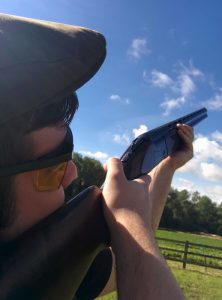
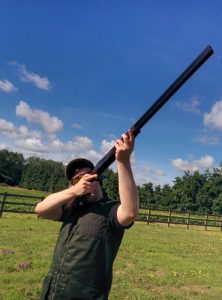

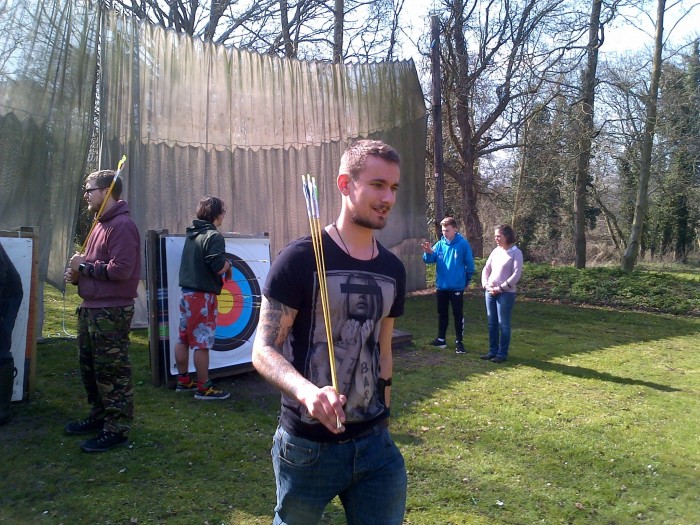
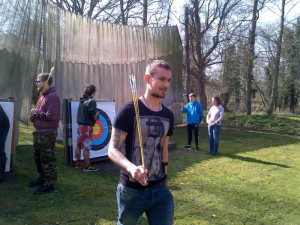
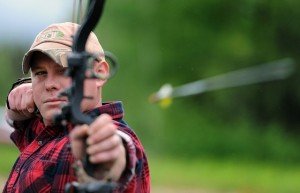
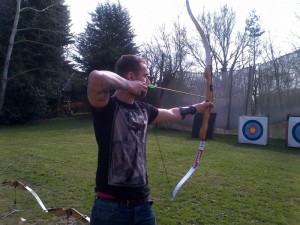
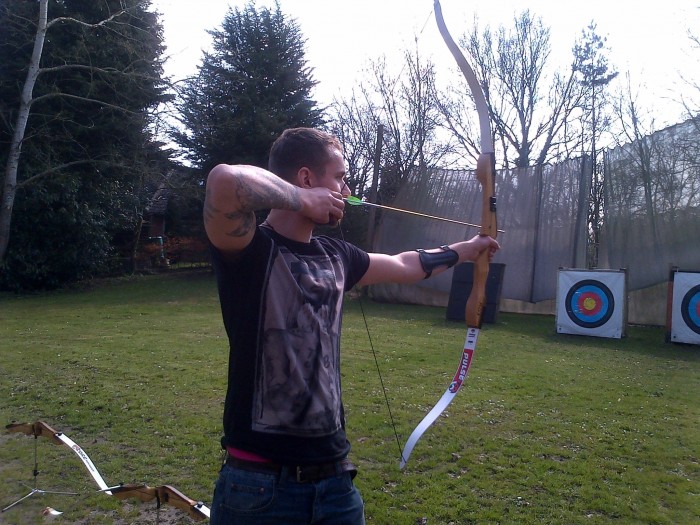
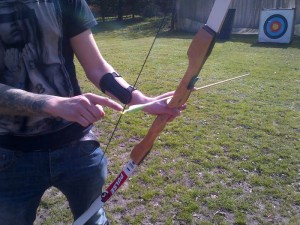
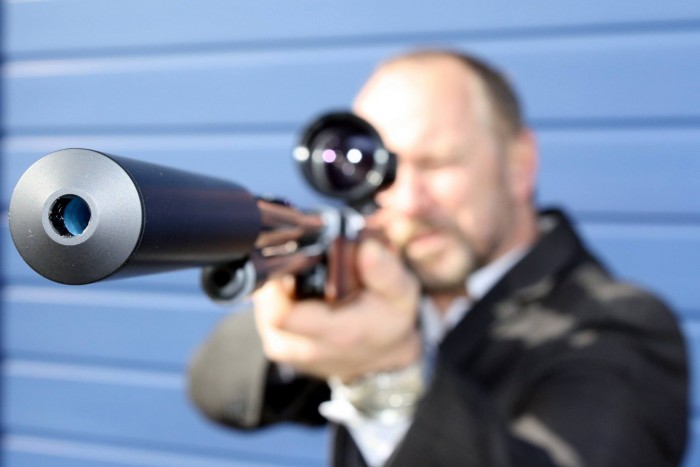


 If you’ve ever fancied getting started in the world of shooting, it’s probably easier than you first thought. Let us help you with this handy guide to starting out…
If you’ve ever fancied getting started in the world of shooting, it’s probably easier than you first thought. Let us help you with this handy guide to starting out…